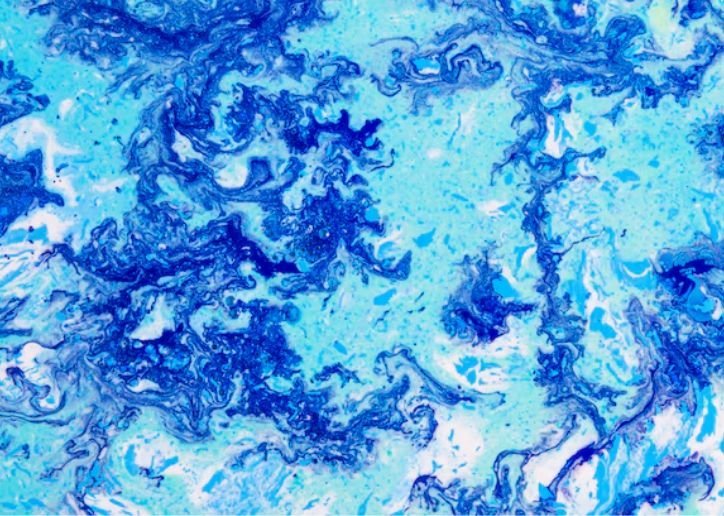How Water Transfer Printing is Enhancing the Look of 3D Printed Products
Transform 3D-printed objects with Water Transfer Printing, adding intricate patterns and colors for a sleek, professional finish in various industries.

Nowadays, 3D printing has contributed to revolutionizing the manufacturing sector, offering the capability to print very fine and personalized objects with high precision. Although the structural design of 3D-printed products is magnificent, the surface finish for many industries often seems low end. Water dip painting transforms plain 3D prints into visually spectacular pieces with intricate patterns, textures, and colors.
The Challenge with 3D Printed Surfaces
One of the greatest drawbacks to items 3D printed is the raw finish of the item. The layered texture, although characteristic of additive manufacturing, doesn't always look clean or professional. Traditional painting or airbrushing can help improve this, but creating complex designs by hand can be very time-consuming and sometimes inconsistent.
Enter Water Transfer Printing
Water Transfer Printing, or hydro dipping, is one of the flawless ways to print detailed designs onto 3D-printed products. It involves transferring a design printed on hydrographics film water transfer printing onto a surface by immersing the product into water. The end result is a perfectly smooth and richly colored design that adheres to all contours of the item.
How the Process Works
- Preparation: The 3D-printed object is cleaned, primed, and sometimes base-coated to ensure optimal adhesion.
- Film Activation: A printed film with the desired pattern is laid on water, and an activator solution is applied to dissolve the film, leaving the ink floating.
- Dipping: The object is carefully dipped through the floating design, wrapping the pattern around it.
- Rinsing and Sealing: Excess film residue is washed off, and a durable topcoat is applied for protection and longevity.
Industries Affected by Water Transfer Printing on 3D Prints
Water Transfer Printing isn't just a hobbyist's toy; it has found its niche in a number of industries:
- Automotive - Carbon fiber, wood grain, and metallic-coated car parts
- Consumer Electronics - Phone cases and accessories with stylish designs.
- Sporting Goods - Helmets, gear, and equipment featuring bold patterns.
- Home Decor - Personalized 3D-printed furniture accents or decorative pieces.
A Perfect Blend of Technology and Art
3D printing creates basic forms so Water Transfer Printing finishes them with high precision. The basic white f gaming controller 3D-printed models can be turned into carbon fiber artworks through hydro dipping process. The manufacturing process leads to durable objects which resist wear as well as looking visually attractive.
The innovation of Water Transfer Printing enables users to bridge technological framework with aesthetic enhancements for their 3D-printed products. The application of water transfer printing proves how final finishes matter as much as structural design elements despite industrial or personal use needs.
What's Your Reaction?
















